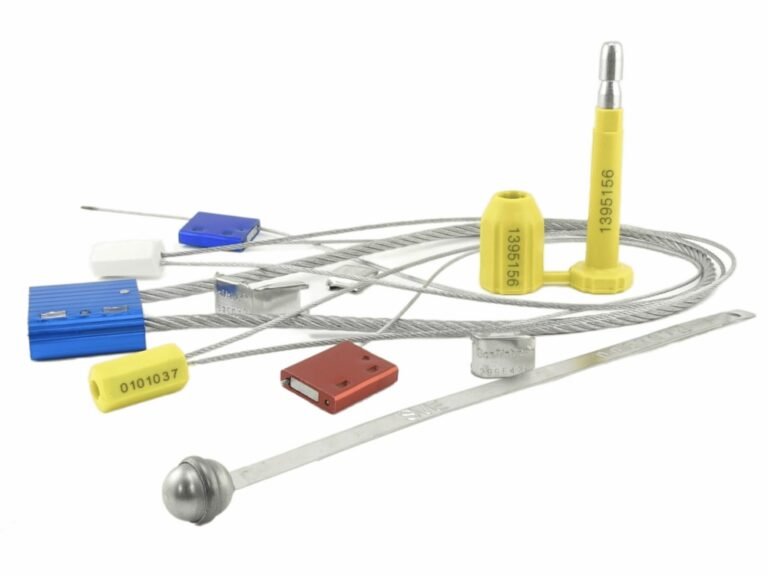Your driver is detained at a border crossing. Illegal contraband has been found in his supposedly empty trailer. Now, your company faces catastrophic legal fees, reputational ruin, and the seizure of your assets.
This nightmare scenario is preventable with one simple, low-cost action: sealing the empty truck. An empty truck seal provides undeniable proof that the trailer was empty and secure when it left your control, creating a legal firewall for your business.
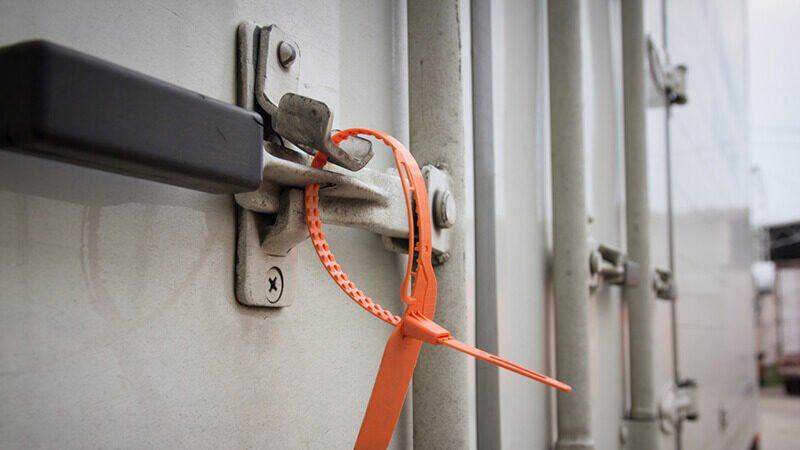
The function of an empty truck seal completely transcends theft prevention. It is a legal defense tool and a liability shield. Its value is not in protecting what's inside the trailer, but in providing irrefutable proof of what is not inside. This is the cheapest, yet most important, insurance policy your company can buy.
A seal on a full truck protects your assets. A seal on an empty truck protects your company, your driver, and your reputation from unlimited and potentially terminal risk. As you'll see, the latter is often far more important.
What Unseen Threats Do Unsealed Empty Trucks Pose?
An "empty" truck returning from a delivery seems like a zero-risk asset. But in the eyes of criminals and even law enforcement, it's an unmonitored, mobile liability.
An unsealed empty truck is a "liability magnet." It can be used for smuggling, transporting stowaways, or as a temporary hiding spot for illicit goods, making your company and driver directly responsible.

The core problem is one of vicarious liability. Once a trailer is left unattended—at a truck stop, in a public lot, or even in a "secure" yard—it becomes a perfect target. Without a seal, you have zero evidence to prove when a foreign item was placed inside. I've seen cases where a driver takes their mandatory rest break, and in that time, their empty trailer is briefly used by criminals. When stopped later, it's the driver and their company who face the interrogation. An unsealed empty trailer is a blank check for liability; a sealed one is a statement of fact.
| Perceived State | The Hidden Reality | Consequence |
|---|---|---|
| Empty & Harmless | A mobile "Trojan Horse" for criminals. | Your asset is used to commit a crime. |
| Driver's Responsibility | Driver may be unaware of illicit activities. | Driver faces arrest; company faces fines & legal action. |
| No Cargo to Steal | The space itself is the valuable commodity. | Your business reputation is destroyed. |
What Illicit Scenarios Unfold in an Empty Truck?
It's just an empty box, what could possibly happen? This failure of imagination is what criminals rely on to turn your logistics operation into a component of their own.
Criminals exploit unsealed empty trucks for specific purposes: hiding high-value narcotics for transport, smuggling people across borders, or temporarily stashing stolen goods.
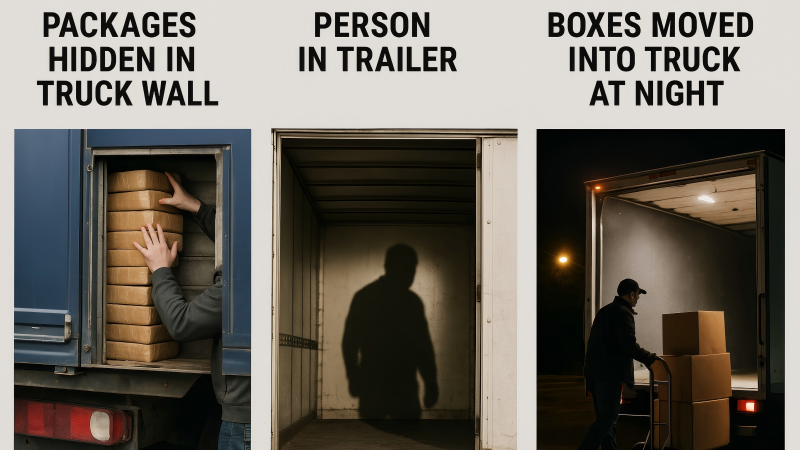
Throughout my career, I've seen these three scenarios play out repeatedly, causing devastating damage to transportation companies. The seal is a simple mechanism that disrupts all of them.
The Smuggling Scenario
Drug cartels and organized crime rings look for a weak link to move their products. An unsealed empty trailer returning from a border region is a prime target. They can quickly place packages in the trailer, often without the driver's knowledge, to be retrieved by an associate later down the road.
The Stowaway and Human Trafficking Risk
At border crossings and ports like Calais, the risk of stowaways is acute. Individuals seeking illegal entry will break into unsealed trailers. This creates a severe legal and humanitarian crisis for the driver and the company. Fines can reach tens of thousands of dollars per stowaway, and the company can be blacklisted.
The "Temporary Warehouse" Crime
A less common but equally damaging scenario is when thieves use an empty, unattended trailer as a temporary hiding spot for goods stolen from elsewhere. When the stolen goods are discovered in your trailer, your company is immediately implicated in the theft.
How Does a Seal Act as Your Legal Witness?
Your driver insists they are innocent, but authorities found something in their empty truck. Without proof, it's their word against a criminal investigation, a battle a driver rarely wins.
A uniquely numbered seal, applied to an empty trailer and logged before departure, acts as your silent, impartial witness. It creates an unbroken chain of custody for the "empty space."
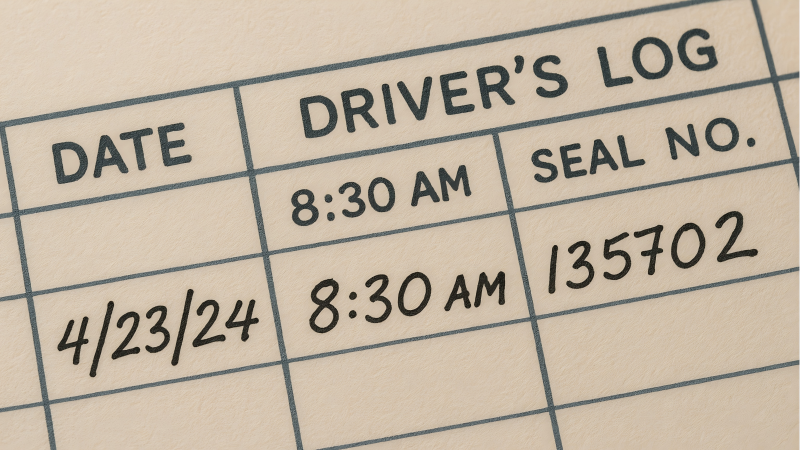
This is where the seal transitions from a piece of plastic to a legal instrument. If a driver is stopped and the seal is intact and matches the logbook, it provides powerful evidence that the trailer's interior has not been accessed since it was secured by your company. This shifts the focus of any investigation away from your driver.
The process is simple but must be exact:
- Inspect: The driver must visually confirm the trailer is completely empty.
- Seal: Apply a uniquely numbered seal (a simple pull-tight plastic seal is sufficient) to the locking mechanism.
- Record: The driver logs the seal number, date, time, and location in their logbook or a digital app.
- Verify: At the destination or next checkpoint, the seal's integrity and number are verified before it is cut.
If an inspector finds a broken seal or a different number, it proves tampering occurred after the truck was sealed, protecting the driver and origin point.
Is Sealing Empty Trucks a Mandate for C-TPAT & AEO Programs?
You're working toward supply chain security certification, but you're focused on securing full containers. This oversight could lead to a failed audit and costly delays.
Yes, sealing empty containers and trailers is an explicit requirement or a best practice under major security initiatives like C-TPAT and AEO. They recognize that an unsealed space is a security breach.
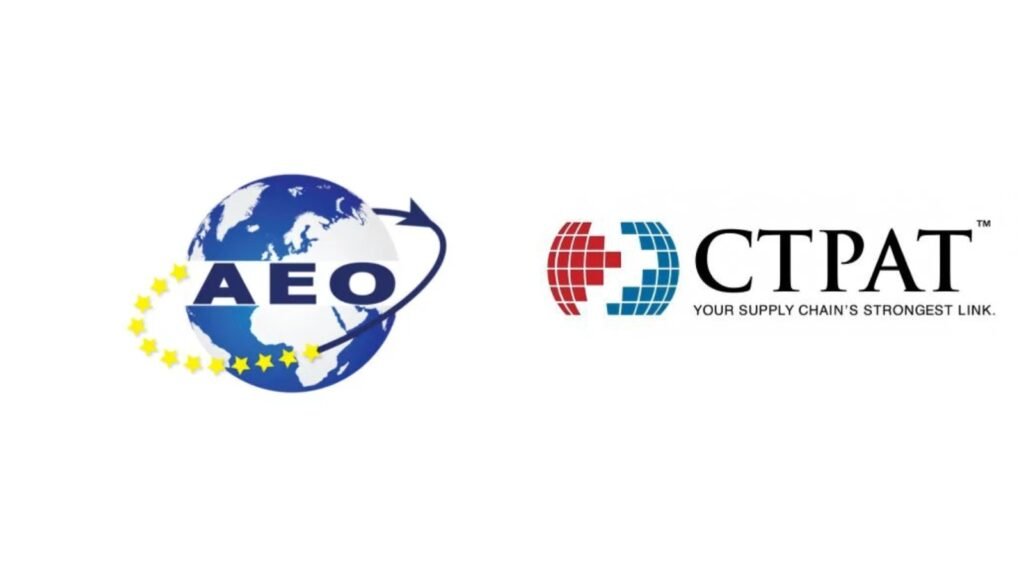
These programs are designed to secure the entire supply chain, not just the cargo. Their guidelines are built on a philosophy of risk mitigation, and they have identified unsealed empty equipment as a major, unnecessary risk.
For instance, the C-TPAT program's container and trailer security criteria state that "empty containers and trailers should be locked and secured with a high-security seal." The logic is clear: if the container isn't secure, the supply chain isn't secure. A failed audit on a seemingly minor point like this can jeopardize a company's status, leading to more frequent customs inspections, delayed shipments, and a loss of competitive advantage. Implementing an empty seal protocol is no longer just a good idea; for companies involved in international trade, it's a fundamental requirement for doing business.
What Is a Practical Checklist for an Empty Seal Protocol?
You understand the "why," but the "how" seems complicated. A new company procedure can fail if it's not clear, simple, and consistently enforced.
Implementing an empty seal protocol is straightforward. It requires a clear policy, driver training, the right seals, and a simple record-keeping process.

As a manager, your job is to make this process as seamless as possible for your drivers. Here is a practical checklist I've helped companies implement:
- Create a Formal Policy: Draft a one-page document stating that all empty trailers must be sealed before departure. Explain why it protects the driver and the company.
- Procure the Right Seals: You don't need expensive bolt seals for this. Numbered pull-tight plastic seals are cost-effective and perfect for this application. Ensure they have unique, sequential numbering.
- Train Your Drivers: Hold a short training session. Show them how to inspect the trailer, apply the seal correctly, and where to log the number. Emphasize that this procedure is for their personal legal protection.
- Update Logbooks: Add a dedicated, mandatory field to your logbooks or digital app for the "Empty Seal Number."
- Establish a Verification Step: Define who is responsible for verifying and cutting the seal at the destination (e.g., the yard manager, the next driver).
- Audit Regularly: Periodically review logs and check trucks to ensure the policy is being followed consistently. Compliance is key to its effectiveness.
Conclusion
An empty truck seal is your most cost-effective legal defense. It protects your driver, defends your company's reputation, and secures your supply chain from catastrophic, unseen risks in a way that no other tool can.
Implement Your Legal Defense With ProtegoSeal
Protecting your company is not just about securing cargo. It's about eliminating liability. At ProtegoSeal, we provide the practical tools and expertise to build your empty seal protocol. Contact us to find the right cost-effective seals that serve as the first line of your legal defense.

